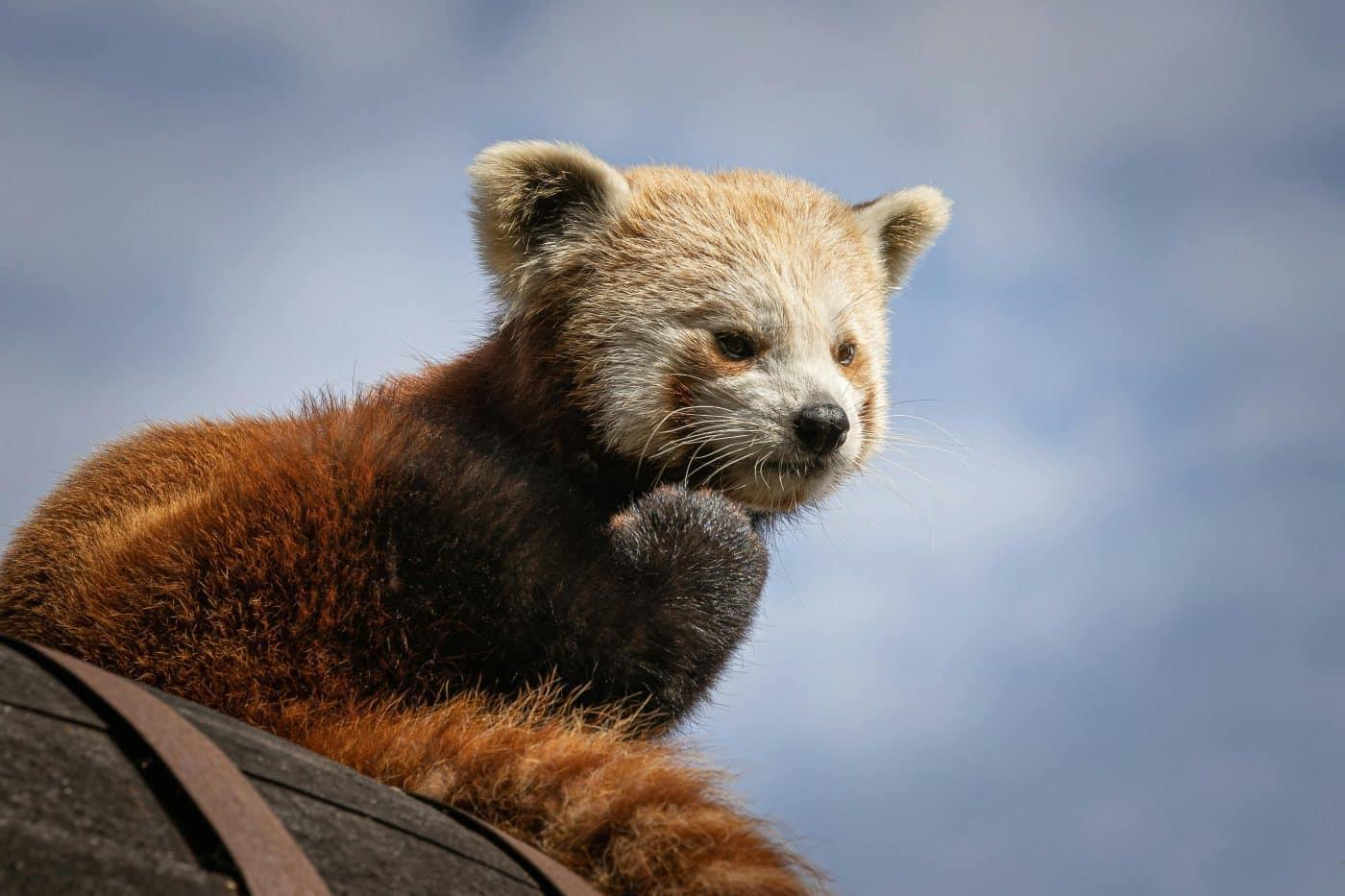 Shutterstock
Shutterstock
You’d think dinosaurs and their ancient buddies were long gone, but surprise—some prehistoric creatures never got the memo. These tough survivors have been hanging around Earth for hundreds of millions of years, skipping extinction and dodging evolution like pros. They’ve powered through ice ages, asteroid hits, and even modern fashion trends. While they’re not exact dino duplicates, they’re close enough to earn the title of “living fossils.” These animals said, “No thanks” to change and decided to keep living their best prehistoric lives.
Horseshoe Crab
 Shutterstock
Shutterstock
Looking like a creature designed by someone who took a crab and gave it medieval armor, the horseshoe crab has been around for over 450 million years. That’s older than dinosaurs and even trees. These armored arthropods haven’t changed much, probably because they nailed the survival game early on. Despite their intimidating appearance, they’re harmless and even play a crucial role in medical research due to their blue blood. They’re ancient, oddly shaped, and saving human lives—like if your weird great-uncle was also a superhero.
Nautilus
 Shutterstock
Shutterstock
The nautilus is the OG spiral shell icon, cruising through the oceans for over 500 million years. With its perfectly symmetrical shell and squishy tentacles, it hasn’t felt the need to evolve much—because when you’ve got classic style, why mess with it? Nautiluses are closely related to squids and octopuses, but unlike their flashy cousins, they’ve chosen the path of slow, mysterious drifting. They looked like a sea creature and a fossil had a baby, and that baby decided to keep things vintage forever.
Sturgeon
 Shutterstock
Shutterstock
Sturgeons are ancient, armored fish that have existed since the Triassic period—over 200 million years ago. These freshwater giants can live for over a century and grow to ridiculous sizes, making them the grumpy old men of the river world. Known for producing caviar, sturgeons also hold the record for being both delicious and dinosaur-adjacent. With bony plates instead of scales and a face only a paleontologist could love, they’re a clear throwback to a more Jurassic time. If they had social media, their bio would be: “Still here. Still weird. Still fancy.”
Komodo Dragon
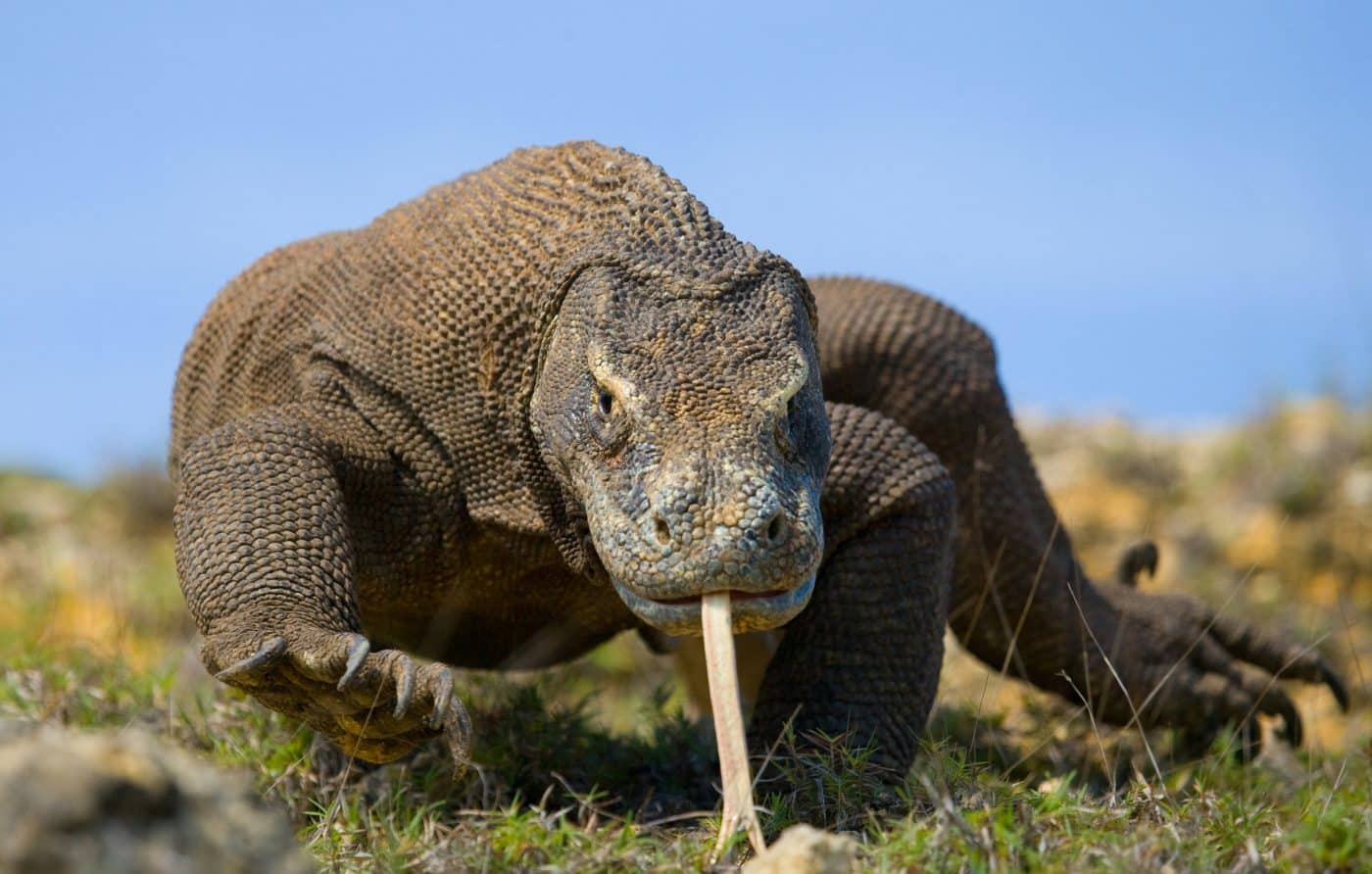 Shutterstock
Shutterstock
The Komodo dragon is the heavyweight champ of modern lizards and a direct descendant of prehistoric monitor lizards. Found on a few Indonesian islands, this fearsome reptile can grow up to 10 feet long and has a bite loaded with venomous bacteria. It’s like nature made a dinosaur prototype, then said, “Yeah, let’s keep this one around.” These lizards hunt large prey, have armor-like skin, and even practice cannibalism. They’re the rock stars of the reptile world—ancient, dangerous, and not house pet material.
Alligator
 Shutterstock
Shutterstock
Modern alligators have been around for roughly 37 million years, but their ancestors date back to the time of the dinosaurs. With their tough skin, prehistoric jawline, and unbothered attitude, alligators are holding onto their ancient vibes. They’ve seen meteors, ice ages, and probably the invention of the wheel—nothing fazes them. These modern-day dinosaurs haven’t changed much because, quite frankly, they didn’t need to. They’re nature’s version of “if it ain’t broke, don’t fix it.”
Tuatara
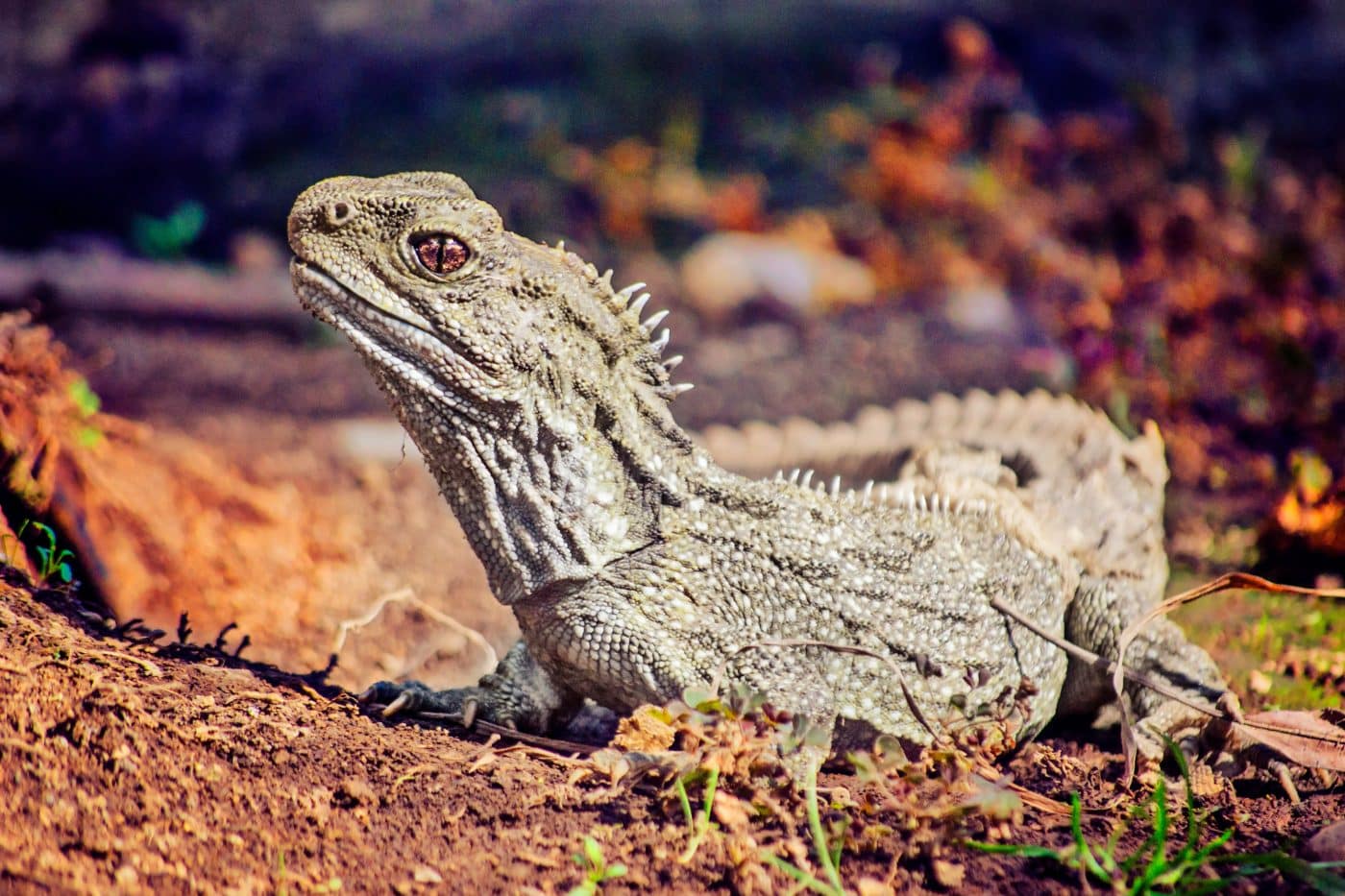 Shutterstock
Shutterstock
The tuatara looks like a lizard, but it’s the last surviving member of an ancient reptilian order that thrived during the age of the dinosaurs. Native to New Zealand, these creatures are living fossils with some wild traits—like a third “eye” on top of their heads. They grow slowly, live for over 100 years, and have a skeletal structure nearly identical to their Jurassic ancestors. The tuatara is like a reptile that’s been quietly napping through multiple mass extinctions and just woke up for snacks
Red Panda
 Shutterstock
Shutterstock
The red panda may look like a cute raccoon-fox hybrid, but its evolutionary roots go back tens of millions of years. Despite their name, red pandas aren’t closely related to giant pandas, and their lineage is more ancient and mysterious than people think. Their unique bone structure and dietary quirks suggest they’ve been on their evolutionary path for a long time. These fluffy tree-dwellers munch on bamboo and sleep all day like prehistoric introverts with leafy snacks. Ancient, adorable, and still avoiding the spotlight.
Ostrich
 Shutterstock
Shutterstock
The ostrich may not seem prehistoric at first glance, but this flightless bird comes from an ancient lineage dating back around 56 million years. They’re modern-day dinosaurs in disguise—fast, powerful, and able to deliver a kick that could send a velociraptor running. Their skeletal structure and massive legs are strong evolutionary holdovers, and their bird brains are just clever enough to keep them out of trouble. Ostriches are like the feathered bouncers of the animal kingdom: tall, intimidating, and a little bit dramatic.
Crocodile
 Shutterstock
Shutterstock
The crocodile is the leather-clad villain of the animal kingdom and has been rocking its prehistoric aesthetic for about 200 million years. These guys are direct relatives of the ancient archosaurs—the same gang that gave us dinosaurs. With armored skin, stealthy movement, and a bite that could crush a car, crocodiles have made it clear they’re not going anywhere. They’ve survived ice ages, asteroid impacts, and at least five “Sharknado” movies. If reptiles had a mafia, the croc would be the boss.
Arowana
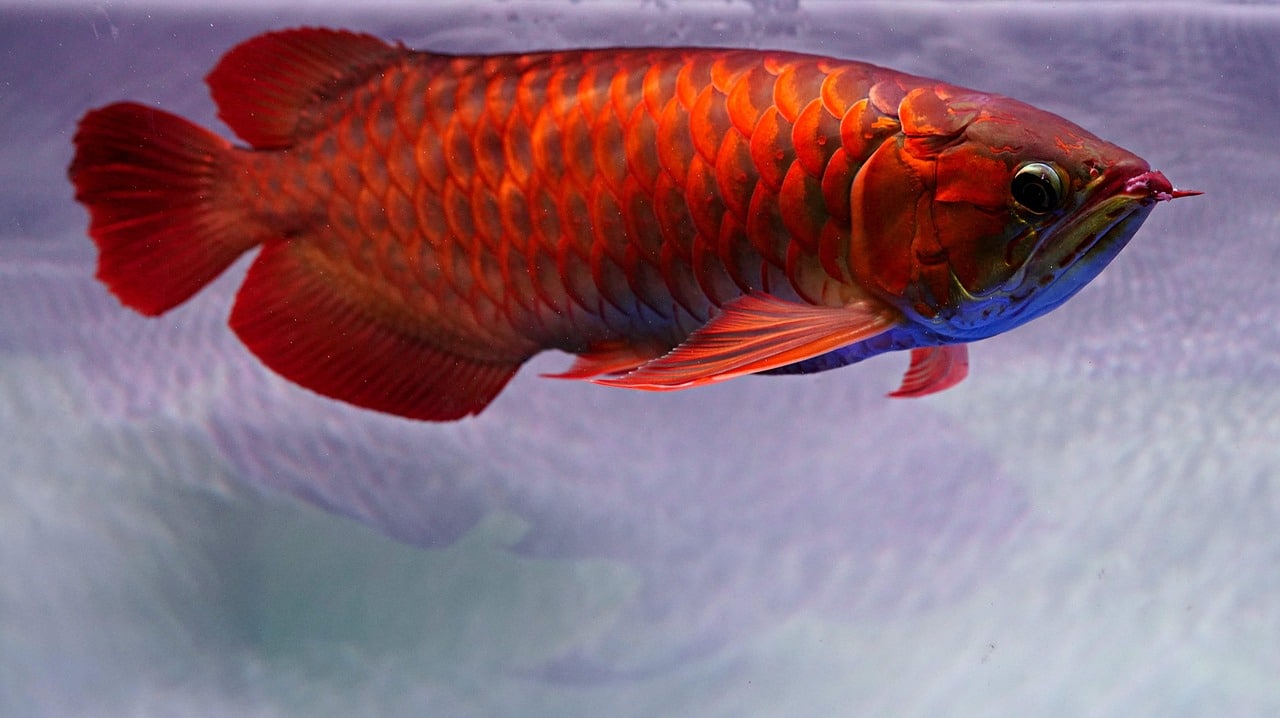 Shutterstock
Shutterstock
Known as the “dragon fish” in Asian culture, the Arowana looks like a swimming relic of ancient times—and that’s because it kind of is. These bony-tongued fish date back over 100 million years and have a look that says, “I’ve seen things.” With metallic scales, powerful jaws, and a tendency to leap out of the water to catch prey, they combine elegance with brute force. If the ocean had fashion week, the Arowana would slither in with sunglasses and a bodyguard.
Shoebill Stork
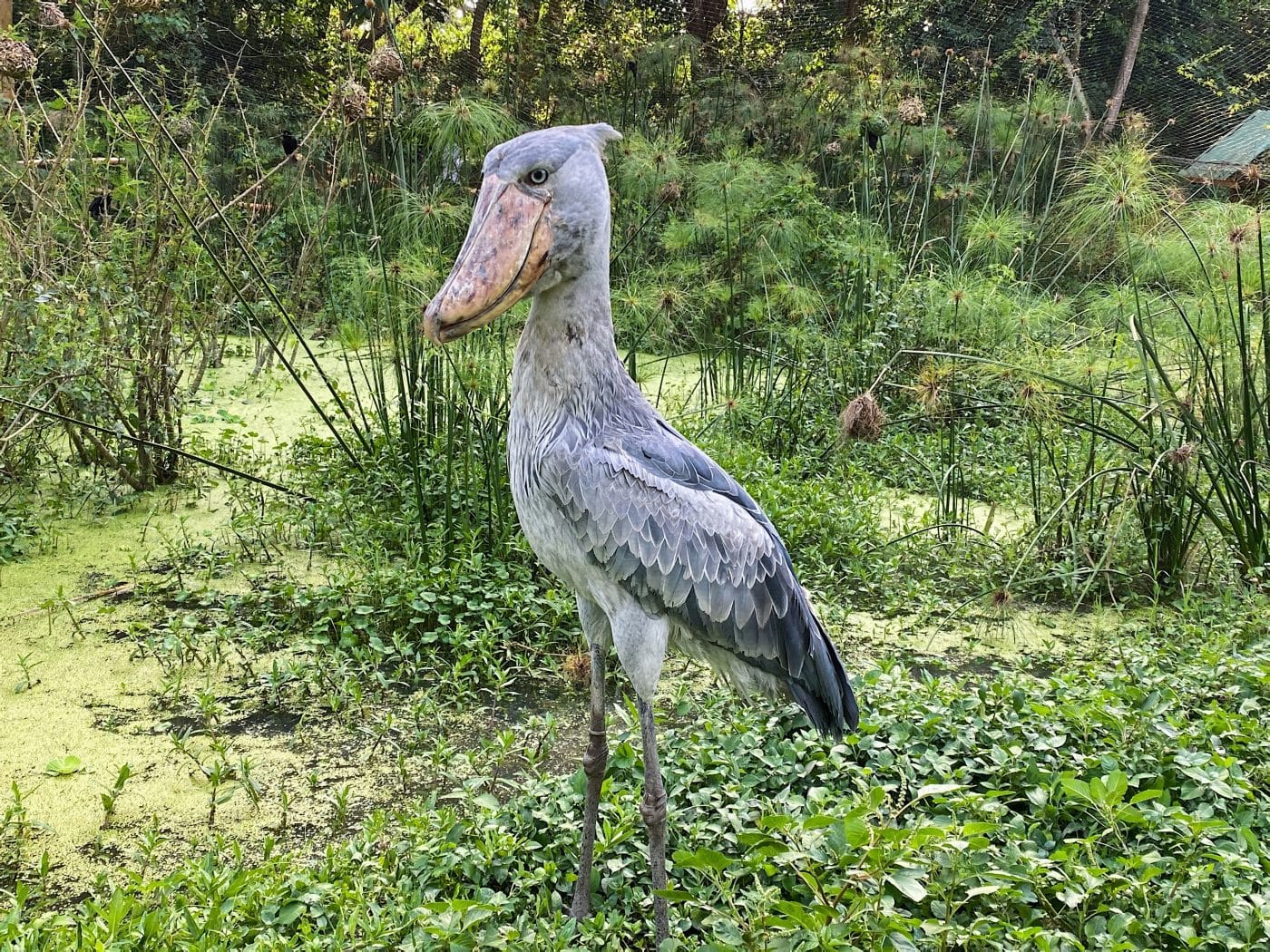 Shutterstock
Shutterstock
Imagine a bird that looks like a dinosaur pretending to be a bird—and then add a giant shoe-shaped beak. That’s the shoebill stork. Native to central Africa’s swamps, this tall, slow-blinking bird has an ancient lineage and an expression that says, “I am not amused.” They barely move when hunting, standing statue still until they snap down with that massive beak on some unsuspecting fish. Shoebills are the introverted weird uncles of the avian world, and somehow that only makes them cooler
Cassowary
 Shutterstock
Shutterstock
This bird is a velociraptor in drag. The cassowary is native to the rainforests of New Guinea and Australia and sports a striking helmet-like crest, brilliant colors, and claws sharp enough to make a grown man run. Evolution took a look at dinosaurs and said, “Let’s keep that energy.” Cassowaries have prehistoric roots that go back 60 million years, and they’ve been terrifying and fascinating us ever since. If birds ever stage a coup, the cassowary is leading it
Gharial
 Shutterstock
Shutterstock
The gharial is the long-snouted cousin of the crocodile that looks like someone tried to design a reptile while only being given pipe cleaners and a ruler. Native to India’s river systems, the gharial’s thin jaws are perfect for snatching fish, and its ancient lineage goes back tens of millions of years. Despite their goofy appearance, gharials are top-notch aquatic predators and surprisingly graceful swimmers. They’re like the nerdy cousin at the family reunion who still manages to win every game of trivia—and then swims off dramatically.
Echidna
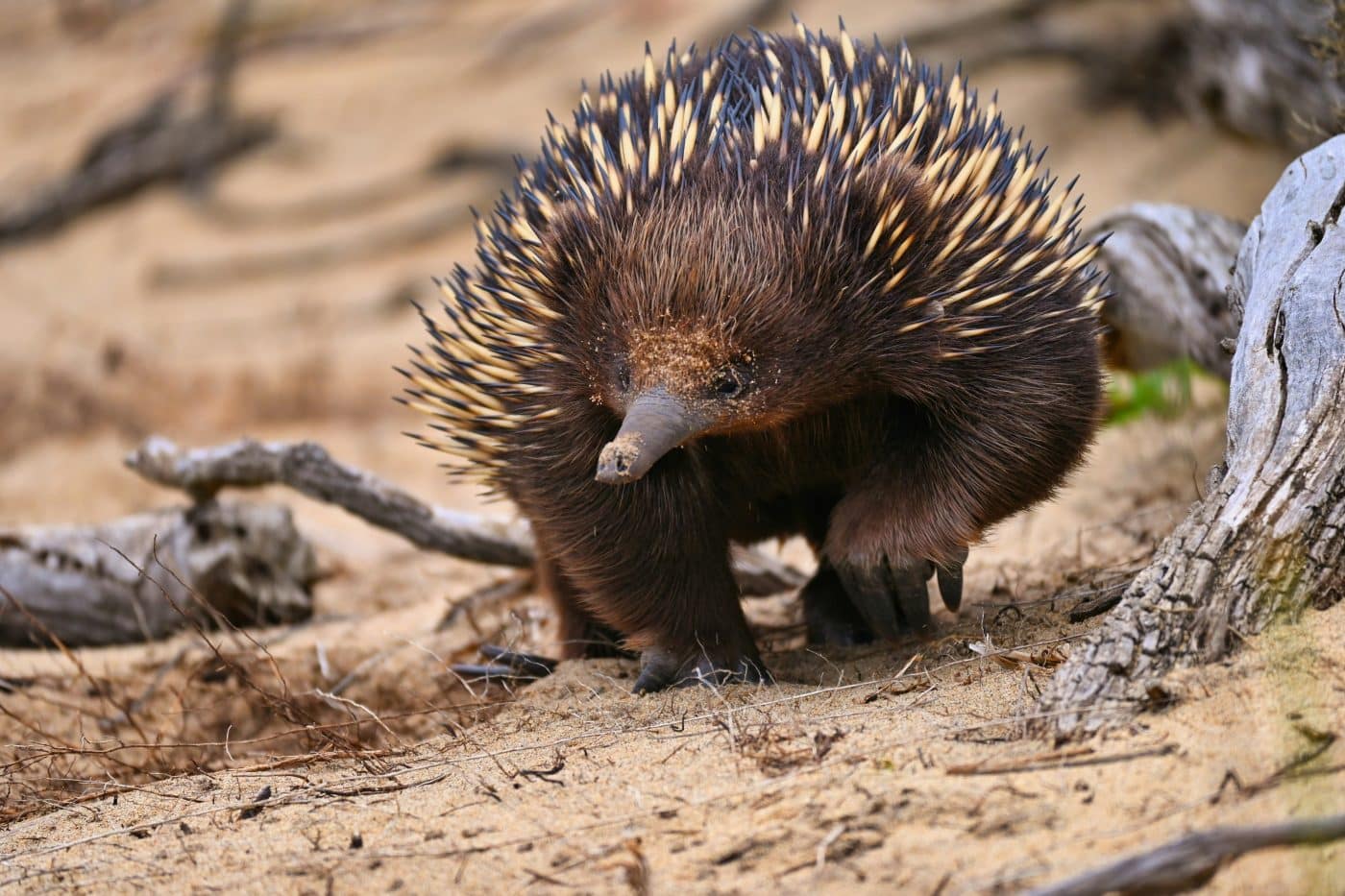 Shutterstock
Shutterstock
You thought the platypus was weird? Meet its cousin, the echidna. This spiky, egg-laying mammal has roots tracing back more than 100 million years and has no problem confusing scientists daily. Covered in coarse spines and sporting a snout built for slurping ants, echidnas are loners that just want to be left alone to dig holes and be prehistoric in peace. They’re like the punk rockers of the evolutionary timeline—prickly, quirky, and completely uninterested in modern trends.
Crinoid (Sea Lily)
 Shutterstock
Shutterstock
Crinoids, or “sea lilies,” look like underwater flowers—but surprise! They’re animals, and they’ve been waving their feathery arms around since the Cambrian period, over 500 million years ago. These filter feeders are related to starfish and sea urchins but with much fancier accessories. Today’s crinoids live on ocean floors and sway gently with the current as if posing for Renaissance paintings. They’re the gentle, leafy grandparents of the ocean who probably remember when Earth was just water, rocks, and bad vibes.
The Ancient Vibes Are Still Going Strong
 MidJourney
MidJourney
The prehistoric party crashers still roaming the Earth like it’s the Cretaceous comeback tour. These ancient animals have seen it all and refused to RSVP to extinction. While the rest of their evolutionary peers bowed out millions of years ago, these species stuck around with a mix of tough skin, bizarre anatomy, and sheer stubbornness. Whether they crawl, swim, slither, or stomp, these survivors are living proof that if you’re weird enough—and durable enough—you might just outlast the dinosaurs. Evolution may be relentless, but some creatures just won’t take a hint.
 Toledo, United States.
Toledo, United States.
